Context: Union Cabinet gives ex-post facto approval to the Ministry of External Affairs proposal to sign and ratify the Migration and Mobility Agreement between India and Italy.
News source: PIB
Context: Ministry of Home Affairs declares Muslim League Jammu Kashmir (Masarat Alam faction)’/MLJK-MA declared as ‘Unlawful Association’ under the Unlawful Activities (Prevention) Act (UAPA) 1967.
Recent Bans under UAPA by MHA in 2023
|
|---|
Continue Reading: UAPA: Unlawful Activities (Prevention) Act
News source: PIB
Context: NPCI has introduced a new feature in UPI Payments – UPI Tap and Pay
To read more on UPI (Unified Payment Interface)
Source: NPCI
Context: Japan’s Smart Lander for Investigating Moon (SLIM) spacecraft, whose success or failure will affect the upcoming Chandrayaan-4 Mission.
Continue Reading: ISRO To Launch Chandrayaan 4 Mission
Source: The Hindu
Context: A research paper published in Scientific Reports Journal, has provided important information on Huntington disease, using fruit flies.
More on News:
Drosophila Melanogaster as Experiment Organism:
|
|---|
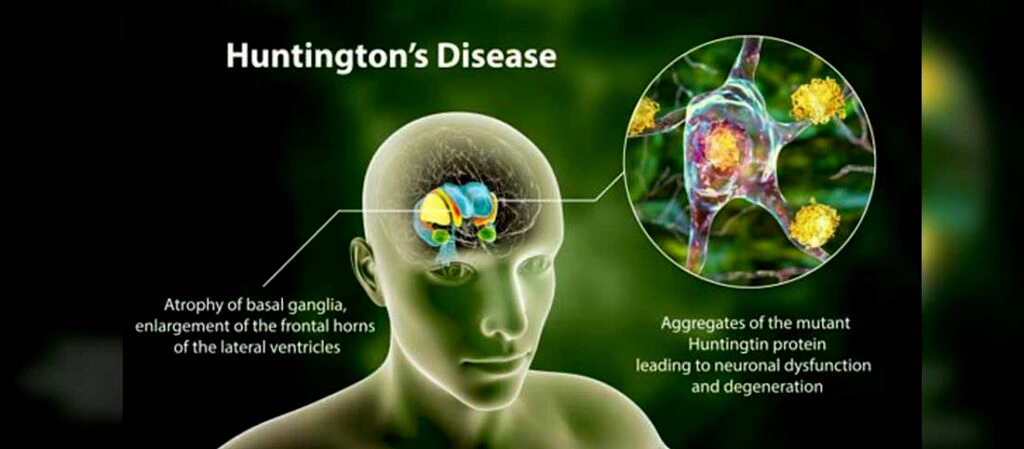
Must Read: Parliamentary Committee Report On Mental Health Care
Source: The Hindu
Context: Ration card portability has recorded an upward trajectory with over 28 crore transactions recorded.
Continue Reading: One Nation One Ration Card Scheme (ONORCS)
News source: The Economic Times
Context: According to the Reserve Bank of India’s (RBI’s) report titled ‘Trend and Progress of Banking in India’, The Asset Quality of banks have improved to the highest in a decade.
Key Concepts Related to AssetsAbout NPAs:
GNPA:
Capital to Risk Weighted Assets Ratio (CRAR):
|
|---|
Also Read: RBI Announces Establishing Cloud Computing For Financial Institutions
News Source: TH
Context: The ionospheric density at Bharati station in Antarctica showed variations despite the continuous sunlight in summer and prolonged darkness in winter, as observed over a decade.
About Bharati Station
|
 It is divided into three regions or layers: the F-Layer, E-Layer, and D-Layer.
It is divided into three regions or layers: the F-Layer, E-Layer, and D-Layer.Must Read: Antarctica Ice Shelves: 40% Volume Loss In 25 Years
News Source: PIB
Context: Recently, the Railway Minister inspected the first Amrit Bharat train, scheduled to be launched on December 30 by the Prime Minister in Ayodhya.
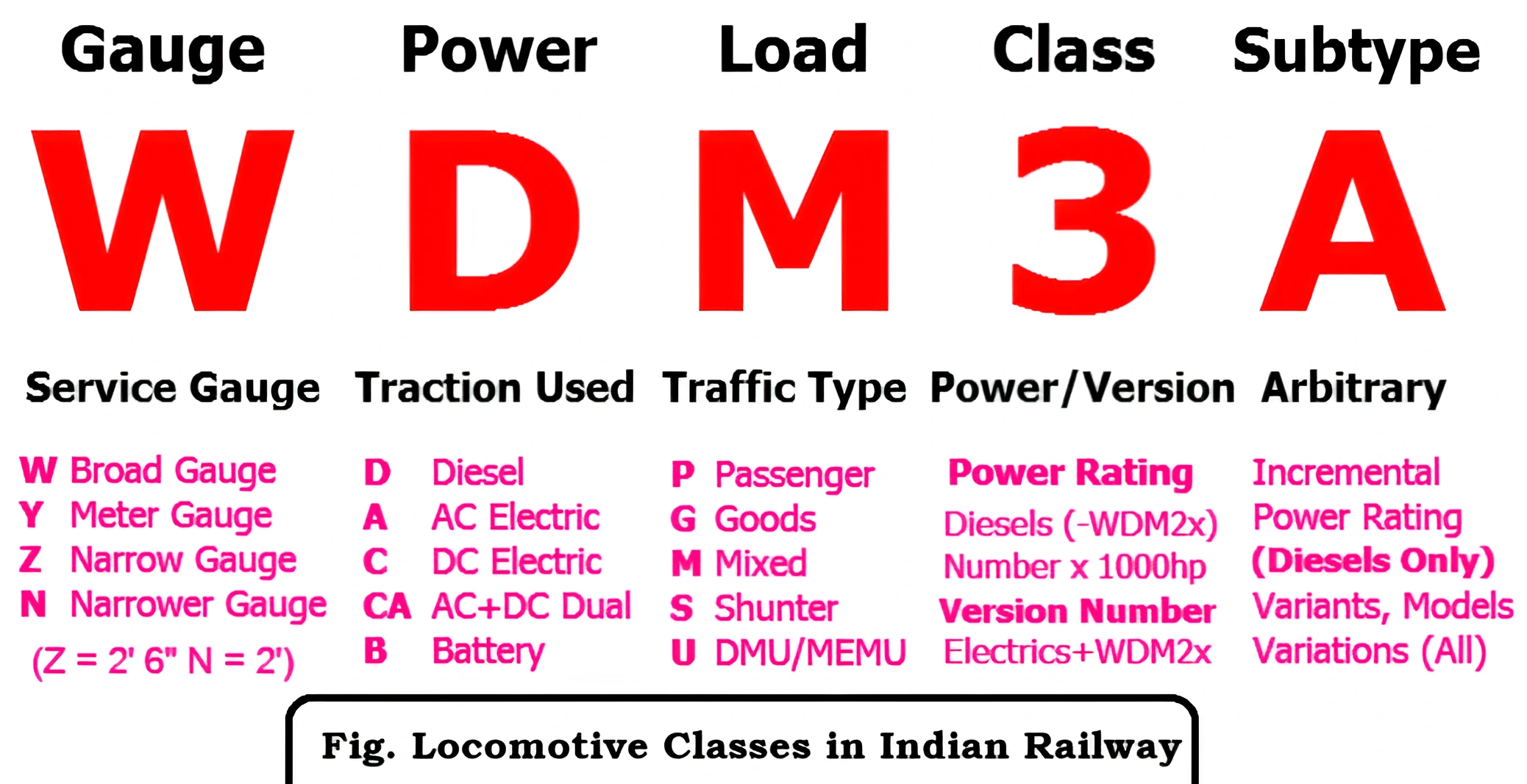
Continue Reading: Amrit Bharat Express
News Source: ET
Context: Approximately 72% of rural families now have access to tap water connections, representing a significant advancement towards the Jal Jeevan Mission (JJM).
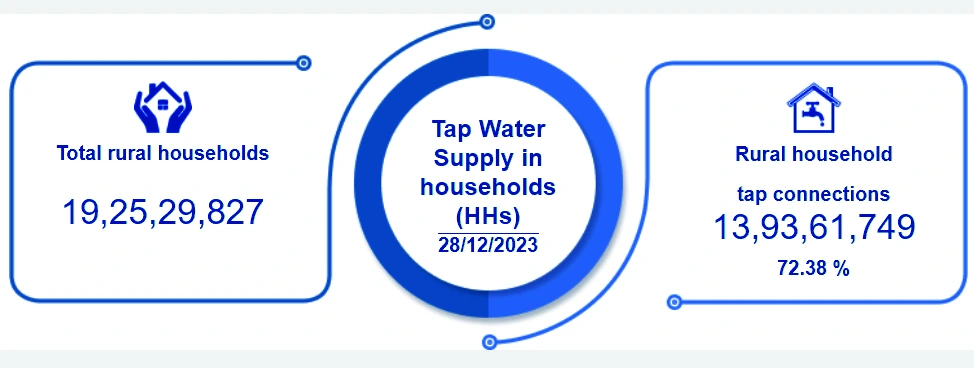
Swachh Bharat Mission (Grameen) [SBM(G)]:
Phase II of the SBM(G):
|
|---|
News Source: Economic Times
To Know more about JJM: Refer, Jal Jeevan Mission
Context: This article is based on the news “Illegal sand mining: 20 arrested, 40 big boats seized in Bihar police operation on Sone river” which was published in the Down To Earth. Recently, the Bihar police arrested 20 sand smugglers and seized 40 sand-laden boats in a major crackdown against illegal sand mining in the state.
| Relevancy for Prelims: Illegal Sand Mining, Sone River, Environment (Protection) Act, 1986, the Forest (Conservation) Act, 1928, the Water (Prevention and Control of Pollution) Act, 197429, and the Air (Prevention and Control of Pollution) Act, 198130 and the Wild Life Protection Act, 1972, and Mines And Minerals (Development And Regulation) Act, 1957.
Relevancy for Mains: Illegal Sand Mining in India: Reasons, Challenges, Regulation, Government Initiatives, and Way Forward. |
|---|
According to the Supreme Court in the judgment given in Common Cause v. Union of India, illegal mining is the operations undertaken by any person in any area without holding a mining lease and any other mining operation conducted in violation of the terms of the mining scheme, the mining plan, and the mining lease as well as the statutes such as the Environment (Protection) Act, 1986, the Forest (Conservation) Act, 1928, the Water (Prevention and Control of Pollution) Act, 197429, and the Air (Prevention and Control of Pollution) Act, 198130 and the Wild Life Protection Act, 1972.
Must Read: Mines and Minerals (Development and Regulation) Amendment Bill, 2023
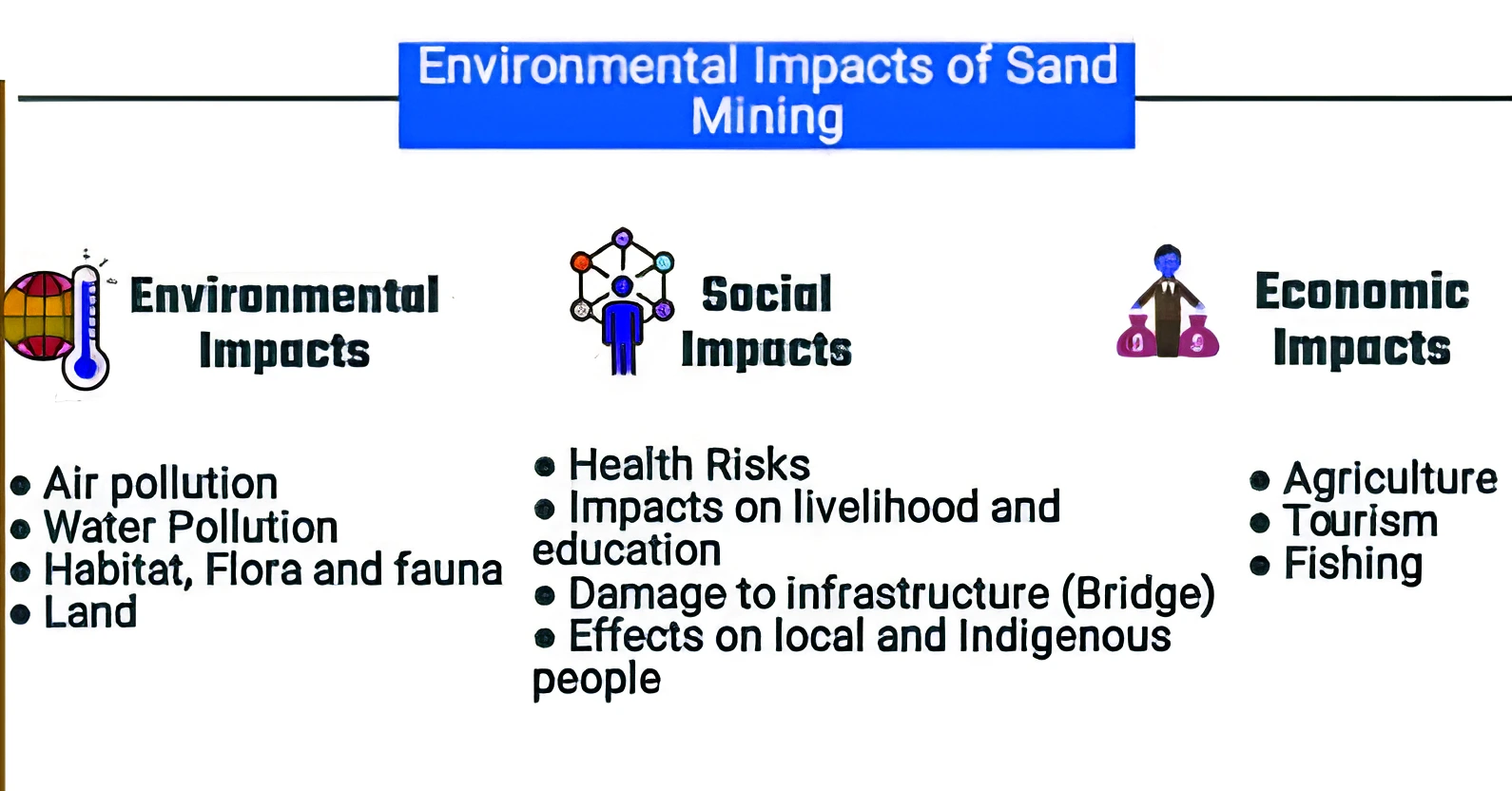 Environmental Challenges: Illegal sand mining often leads to severe environmental degradation, which can result in the erosion of riverbanks, disruption of ecosystems, and loss of biodiversity.
Environmental Challenges: Illegal sand mining often leads to severe environmental degradation, which can result in the erosion of riverbanks, disruption of ecosystems, and loss of biodiversity.
International Framework Associated with Illegal Sand Mining
|
|---|
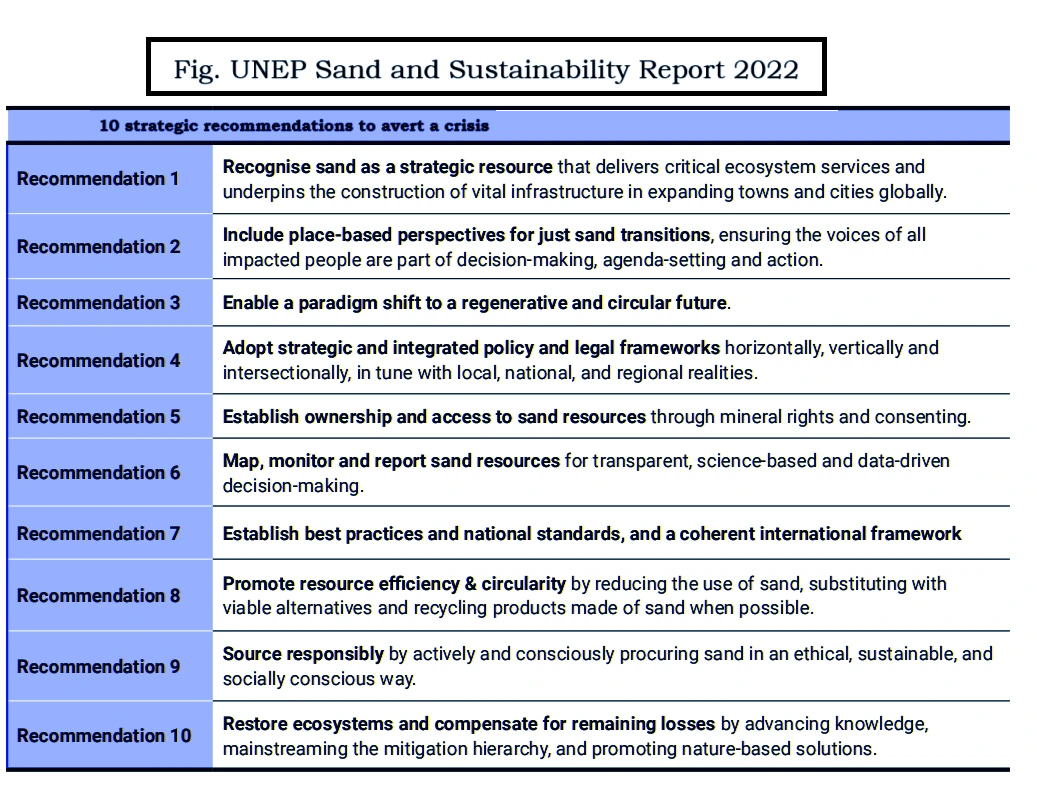
To address the issues of illegal sand mining, strict regulations, technological solutions, and a shift to sustainable alternatives are crucial for safeguarding the environment and communities.
Context: The President has given her assent to three new criminal law reform bills recently approved by Parliament.
| Relevancy for Prelims: Bharatiya Nyaya (Second) Sanhita, 2023, Bharatiya Nagarik Suraksha (Second) Sanhita, 2023, Bharatiya Sakshya (Second) Act 2023, Committee on Criminal Law Reform, Parliamentary Standing Committee, and NCRB Report 2022 On Crime In India.
Relevancy for Mains: Key Highlights of Bharatiya Nyaya (Second) Sanhita, 2023, Bharatiya Nagarik Suraksha (Second) Sanhita, 2023, Bharatiya Sakshya (Second) Act 2023, and History of the Criminal Justice System in India. |
|---|
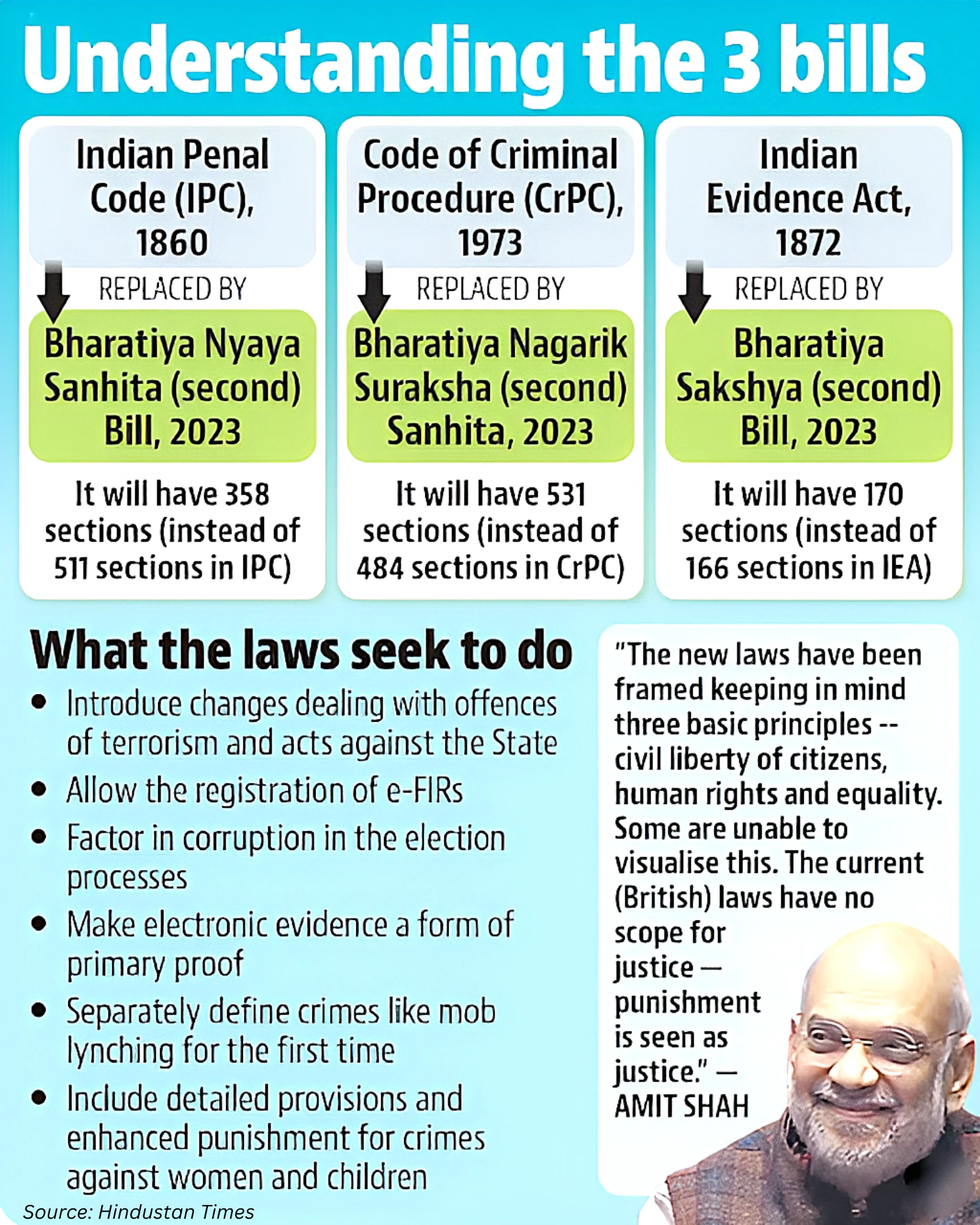
The Indian Penal Code (IPC), 1860: It is the principal law on criminal offences in India.
|
|---|
The Code of Criminal Procedure, 1973 (CrPC):
|
|---|
| Plea bargaining is an agreement between the defense and prosecution where the accused pleads guilty for a lesser offense or a reduced sentence. |
|---|
| Criminal Procedure (Identification) Act, 2022: It allows police officers or prison officers to collect certain identifiable information (such as fingerprints, biological samples) from convicts or those who have been arrested for an offence. |
|---|
The Indian Evidence Act, 1872 (IEA):
|
|---|
The Bharatiya Sakshya (Second) Act 2023 (BSB) retains most of the provisions of the IEA. These include;
|
|---|
The revised three criminal laws redefine specific offenses while enhancing the penalties for crimes like terrorism, mob violence, offenses against the nation’s security and sovereignty, and various others. However, the true essence of overhauling the criminal justice system might not be fully realized since, achieving lasting change demands not only legislative amendments but also a comprehensive revaluation of institutional cultures and practices, aiming for a more just and effective system.
| Mains Question: Explain the constitutional perspectives of Gender Justice with the help of relevant Constitutional Provisions and case laws. |
|---|
SC Verdict on Newsclick Shows Adherence to Due Pro...
Stay Invested: On Chabahar and India-Iran Relation...
Credit Rating Agencies, Impact on India’s De...
Catapulting Indian Biopharma Industry
Globalisation Under Threat, US Import Tariffs Have...
Global Report on Hypertension, Global Insights and...
<div class="new-fform">
</div>
